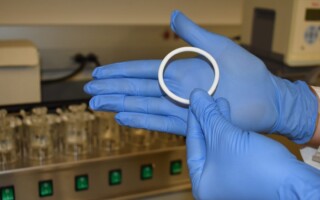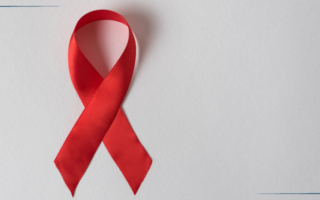
Reversing high rates of HIV infection among adolescent girls and young women in sub-Saharan Africa, and addressing the core factors that increase girls’ HIV risk have been long-overlooked priorities in the global AIDS response.
The US President’s Emergency Plan for AIDS Relief (PEPFAR), the Bill & Melinda Gates Foundation, Girl Effect, Johnson & Johnson, Gilead Sciences, and ViiV Healthcare support the Determined, Resilient, Empowered, AIDS-free, Mentored and Safe (DREAMS) initiative in 10 sub-Saharan countries. DREAMS delivers, through the public and private sector, a comprehensive package of evidence-based strategies that go beyond the health sector, addressing the structural drivers that fuel adolescent girls and young women’s (AGYW) HIV risk, including poverty, gender inequality, sexual violence, social isolation, and limited schooling. Achieving these ambitious DREAMS initiative targets requires new approaches that address the political, social, and cultural practices that increase girls’ HIV risk.
This research focuses on how best to:
- Identify, link, and retain vulnerable adolescent girls and young women in programs. Researchers explore the effectiveness and relative costs of different community-based, girl-centered efforts.
- Reach the male partners of adolescent girls and young women and link them to services. Researchers examine the power differentials, male partners’ sexual networks, men’s comparatively low rates of using HIV services, and other characteristics of male partners that can increase the vulnerability of girls and young women to HIV, along with the programmatic approaches that can help reduce those risks.
- Introduce PrEP, a powerful HIV prevention tool, among adolescent girls and young women to determine whether it may help adolescent girls and young women take control of their sexual health and reduce their HIV risk in different “real world” settings.
This research provides new evidence and guides program models that DREAMS partners need to:
- Reach girls and young women and their sexual partners at high risk of HIV infection
- Link AGYWs and their partners with essential resources
- Develop the most effective evidence-based policies and programs to improve girls’ lives and their supportive environment




